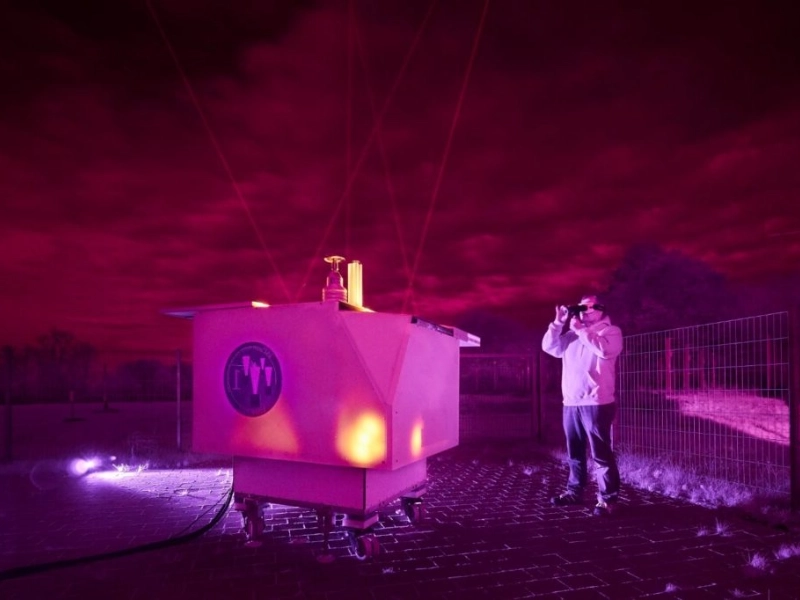15 Cutting-Edge Technologies for Detecting and Researching Ball Lightning: The Hope of Future Science
Advertisement
12. Atmospheric Lidar Arrays

Advertisement
Emerging as effective instruments for investigating the meteorological parameters linked with ball lightning generation and behavior are atmospheric Lidar (Light Detection and Ranging) arrays. These devices with great spatial and temporal resolution measure air characteristics including temperature, pressure, humidity, and aerosol concentration using pulsed laser light. Lidar arrays are used in the framework of ball lightning studies to produce comprehensive three-dimensional maps of the atmosphere prior, during, and following ball lightning incidents. Usually consisting of several Lidar devices placed deliberately to cover a broad area, the arrays enable thorough atmospheric monitoring. These technologies can identify and quantify several atmospheric components, including water vapor, dust particles, and trace gases that might be involved in ball lightning development, by scanning the atmosphere at different wavelengths. Lidar technology's capacity to produce range-resolved measurements—which let scientists simultaneously examine air conditions at several altitudes—is one of its main benefits. Understanding the vertical structure of the atmosphere during ball lightning episodes depends especially on this expertise. Faster scanning rates and higher resolution advanced lidar systems are being developed to enable the capturing of quick atmospheric changes that can arise during ball lightning generation and dissipation. To offset atmospheric turbulence, some innovative methods use adaptive optics, therefore enhancing measuring accuracy. Additionally investigating the use of multi-wavelength Lidar systems capable of offering more comprehensive atmospheric chemical composition data are researchers. Scientists want to have a thorough knowledge of the atmospheric conditions favorable for ball lightning development by combining Lidar data with additional measurements like ocular observations and electromagnetic field readings. Lidar technology promises to expose fresh insights into the intricate interaction between atmospheric conditions and ball lightning events as it develops, therefore guiding better prediction and detection techniques.
You May Like
Advertisement

